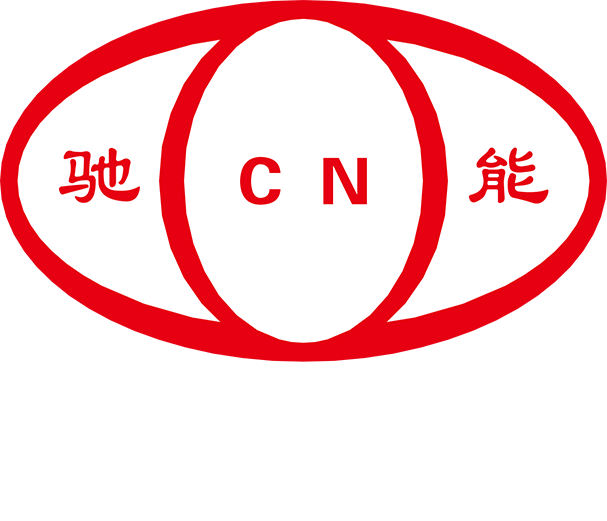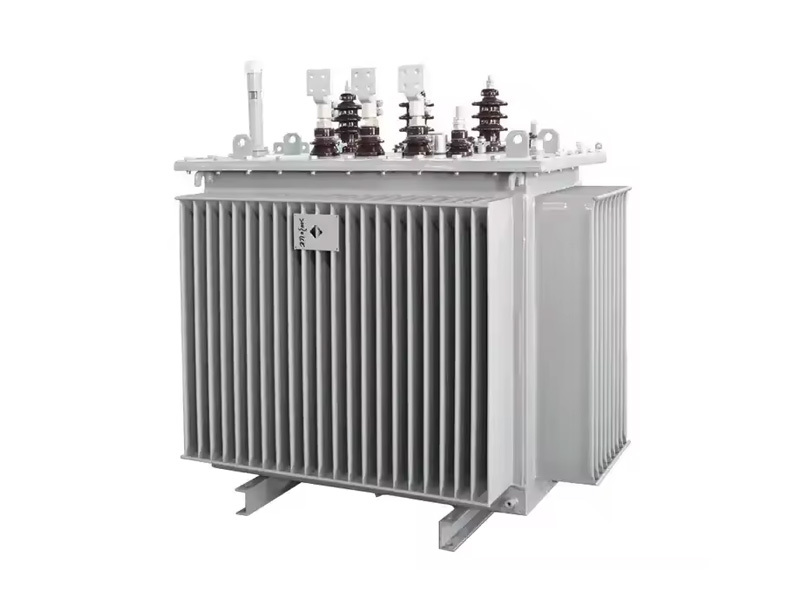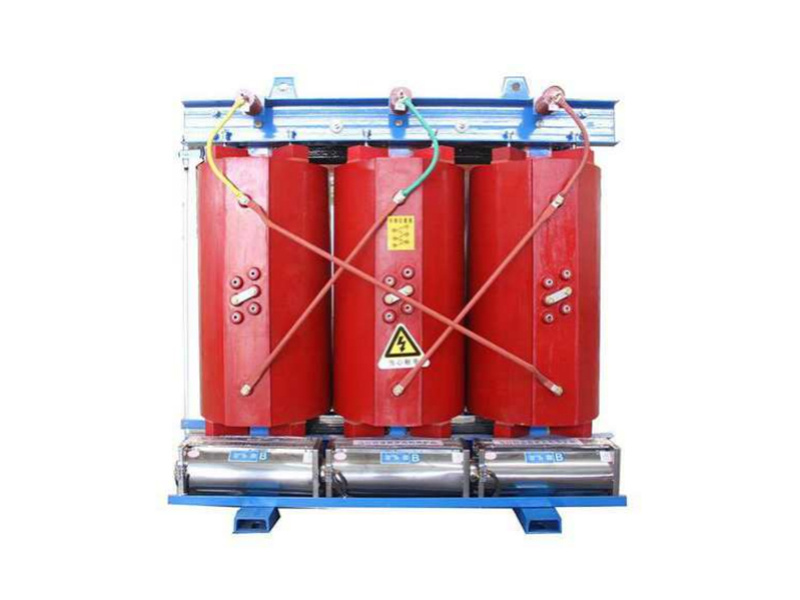He' Nan Chineng Electric Power Equipment Co., Ltd
Key Benefits of Using Industrial Rectifier Power Transformers in Industry
Oct 03,2025
Key Benefits of Using Industrial Rectifier Power Transformers in Industry
Table of Contents
1. Introduction to Industrial Rectifier Power Transformers
2. Understanding the Functionality of Rectifier Power Transformers
3. Key Benefits of Industrial Rectifier Power Transformers
3.1 Enhanced Energy Efficiency
3.2 Improved Power Quality
3.3 Increased Reliability and Longevity
3.4 Cost-Effectiveness
3.5 Versatility in Application
4. Applications of Industrial Rectifier Power Transformers
5. Choosing the Right Transformer for Your Needs
6. Maintenance Best Practices
7. Frequently Asked Questions (FAQs)
8. Conclusion
1. Introduction to Industrial Rectifier Power Transformers
Industrial rectifier power transformers play a crucial role in various sectors, particularly in industries requiring reliable direct current (DC) power. These transformers convert alternating current (AC) into DC, facilitating the operation of specific machinery and electronic equipment. In the modern industrial landscape, the importance of power transformers cannot be overstated, as they enhance operational efficiency and ensure equipment reliability.
2. Understanding the Functionality of Rectifier Power Transformers
Rectifier power transformers are designed to handle the complexities of converting AC to DC. They often include several winding configurations that cater to both single-phase and three-phase systems. These transformers are typically integrated with rectifying elements, such as diodes or thyristors, to manage the flow of electricity effectively. The output DC voltage from these transformers can be regulated, providing a stable power supply essential for demanding industrial applications.
3. Key Benefits of Industrial Rectifier Power Transformers
The advantages of using industrial rectifier power transformers extend beyond basic functionality. Let's delve into the key benefits that these transformers offer:
3.1 Enhanced Energy Efficiency
One of the primary benefits of industrial rectifier power transformers is their ability to improve energy efficiency. By converting AC power to DC with minimal losses, these transformers contribute to reduced energy consumption in various applications. This efficiency is particularly evident in processes that require high power levels for extended periods, where even small improvements can lead to significant cost savings.
3.2 Improved Power Quality
Industrial applications often demand high power quality to keep machinery running smoothly. Rectifier power transformers help reduce harmonics in the electrical system, enhancing power quality and minimizing disturbances. This improvement prevents equipment malfunctions and prolongs the lifespan of machinery by ensuring a stable and clean power supply.
3.3 Increased Reliability and Longevity
Using rectifier power transformers increases the reliability of industrial operations. These transformers are often built with durable materials and advanced designs that withstand harsh operating conditions. As a result, they not only provide consistent performance over time but also require less frequent maintenance and replacement.
3.4 Cost-Effectiveness
The long-term cost benefits of industrial rectifier power transformers are significant. By enhancing energy efficiency, improving power quality, and extending the life of equipment, these transformers help businesses save on operational costs. Furthermore, reduced downtime and maintenance expenses translate to additional savings, making them a cost-effective solution for industries.
3.5 Versatility in Application
Industrial rectifier power transformers are versatile and can be used across various sectors, including manufacturing, metal processing, and telecommunications. Their flexibility allows industries to adapt them for different applications, whether for powering large motors, electroplating, or supplying energy to sensitive electronic devices.
4. Applications of Industrial Rectifier Power Transformers
The applications of industrial rectifier power transformers are vast and varied. Here are some notable examples:
- **Electroplating:** In industries where electroplating is common, rectifier transformers provide the necessary DC power for plating processes, ensuring a smooth and even deposit on the metal surface.
- **Welding:** These transformers are critical in arc welding applications, where they supply the required DC to maintain a consistent arc.
- **Battery Charging:** Industrial rectifier transformers are used in battery charging systems, delivering reliable power to charge batteries efficiently.
- **Telecommunications:** In the telecommunications sector, these transformers supply the DC power necessary for equipment operation and data transmission.
5. Choosing the Right Transformer for Your Needs
Selecting the appropriate industrial rectifier power transformer involves considering several factors:
- **Power Rating:** Evaluate the power requirements of your application to determine the necessary transformer rating.
- **Output Voltage:** Ensure that the transformer can provide the required DC voltage for your specific application.
- **Cooling Method:** Consider whether the transformer will be air-cooled or liquid-cooled based on your operational environment and space constraints.
- **Harmonic Distortion:** Choose transformers designed to minimize harmonic distortion in your power system to improve overall power quality.
Working with a knowledgeable supplier can significantly assist in making the right choice, tailoring transformers to meet the specific demands of your industry.
6. Maintenance Best Practices
To ensure the longevity and reliability of industrial rectifier power transformers, regular maintenance is essential. Here are some best practices:
- **Routine Inspections:** Conduct regular inspections to identify potential issues before they escalate. This includes checking for signs of wear, overheating, and other anomalies.
- **Cleaning:** Keep the transformer and its surroundings clean to prevent dust and debris from interfering with its operation.
- **Testing:** Perform regular testing of electrical parameters, including voltage and current levels, to ensure the transformer operates within specified limits.
- **Professional Servicing:** Engage qualified professionals for servicing and repairs to maintain the integrity of the transformer.
Implementing these practices can help avoid costly downtime and extend the life of your equipment.
7. Frequently Asked Questions (FAQs)
1. What is the primary function of an industrial rectifier power transformer?
The primary function is to convert alternating current (AC) to direct current (DC) for use in various industrial applications.
2. How does an industrial rectifier power transformer improve energy efficiency?
By minimizing energy losses during the conversion process, these transformers enhance overall energy efficiency in industrial operations.
3. What industries utilize rectifier power transformers?
Industries such as manufacturing, metal processing, telecommunications, and electroplating commonly use these transformers.
4. How can I ensure proper maintenance of my industrial rectifier power transformer?
Regular inspections, cleaning, testing of electrical parameters, and professional servicing are essential for maintenance.
5. Are there specific applications where rectifier transformers are indispensable?
Yes, they are critical in applications such as electroplating, welding, battery charging, and telecommunications equipment.
8. Conclusion
Industrial rectifier power transformers serve a pivotal role in enhancing operational efficiency across various sectors. Their ability to convert AC to DC while improving energy efficiency, power quality, and reliability makes them indispensable in today's industrial landscape. By understanding their benefits and applications, industries can optimize their operations and significantly reduce costs. Investing in the right transformer, coupled with proper maintenance, ensures a stable power supply, ultimately driving productivity and profitability.










